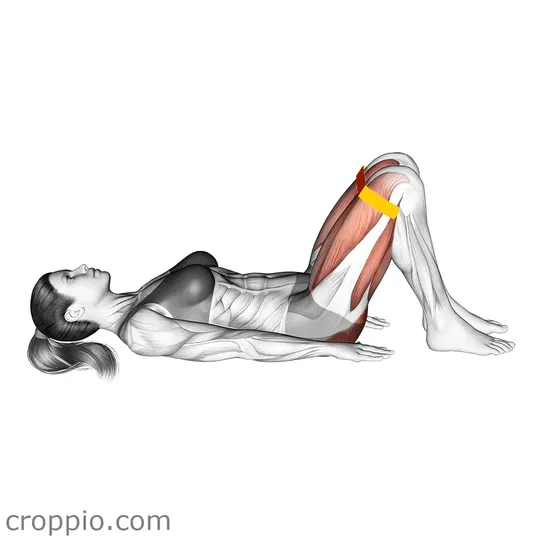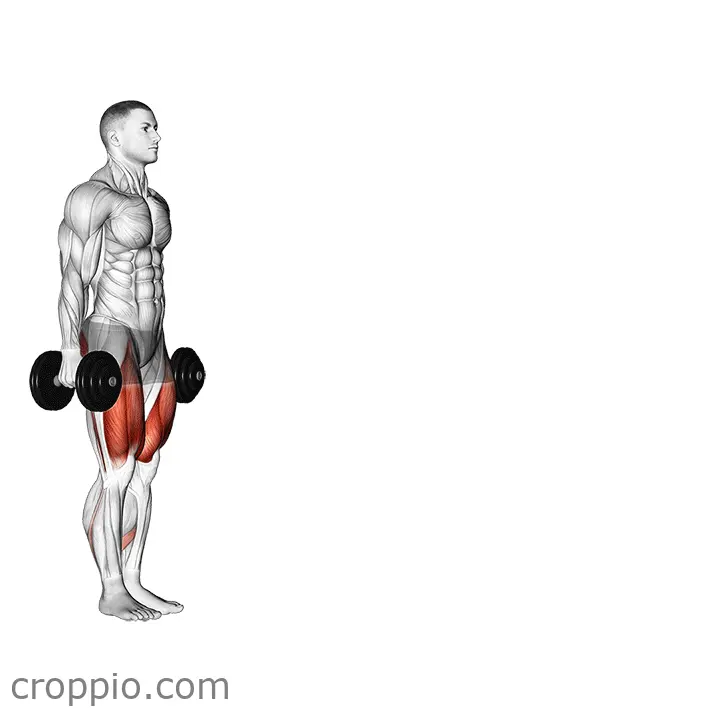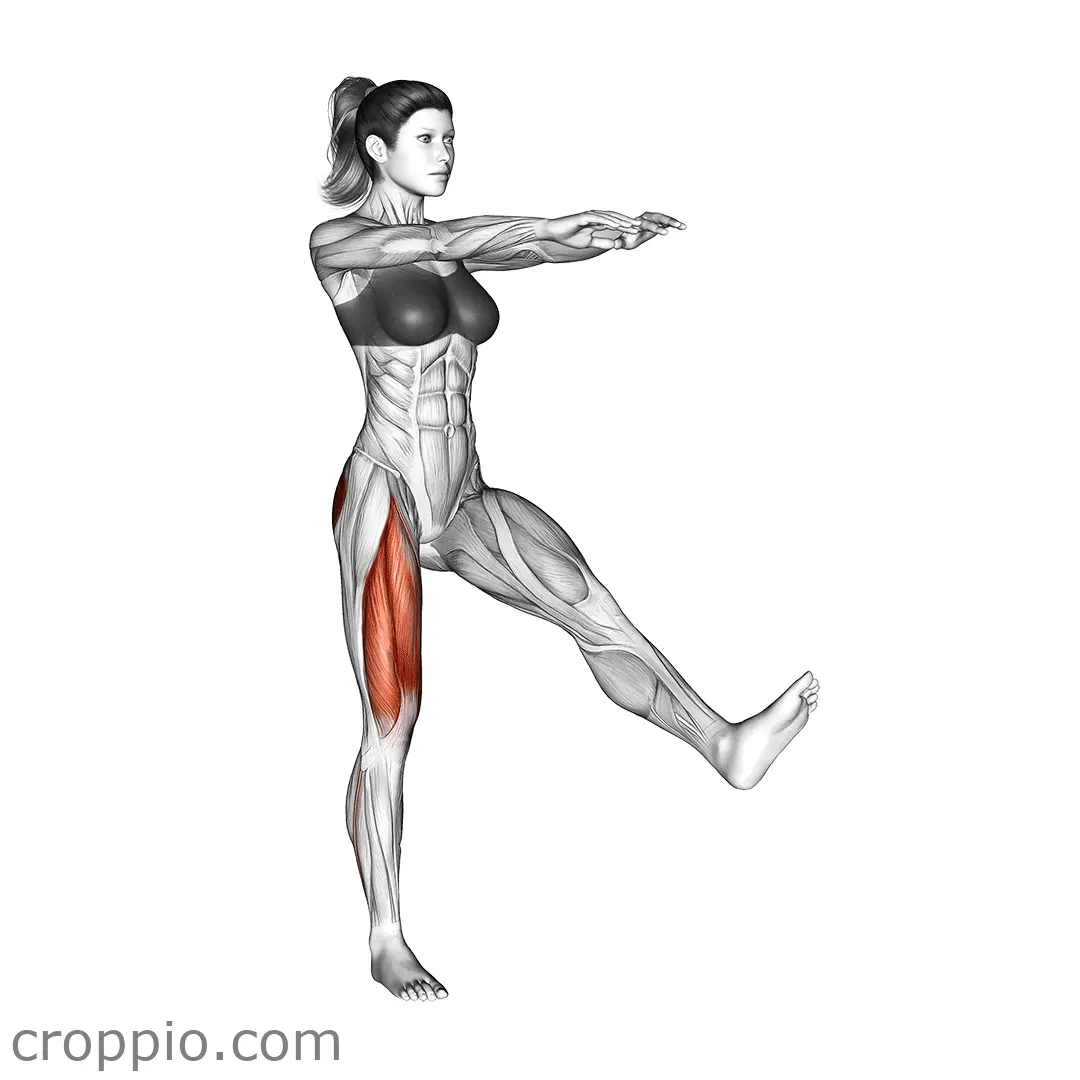Resistance Band Glute Bridge

Muscles Involved
The resistance band glute bridge is an effective exercise that primarily targets the gluteus maximus, the largest muscle in the buttocks. As you perform this movement, the resistance band adds an extra challenge, engaging the gluteus medius and minimus, which help in hip stabilization. Additionally, the hamstrings and lower back muscles are activated as secondary muscles, assisting in the overall stability and movement of the hips during the exercise.
Top Mistakes
- Failing to engage the core, which can lead to an arch in the lower back.
- Allowing the knees to collapse inward during the bridge, which reduces effectiveness and can cause injury.
- Not using a proper resistance band, leading to inadequate challenge or excessive strain.
- Raising the hips too high, which can place unnecessary strain on the lower back.
Execution Tips
- Start by lying on your back with your knees bent and feet flat on the floor, hip-width apart. Place the resistance band just above your knees.
- Engage your core and imprint your lower back into the floor before lifting your hips.
- Push through your heels to lift your hips, ensuring that your knees stay aligned with your feet and do not flare out.
- At the top of the movement, squeeze your glutes tightly and hold for a moment before lowering down, ensuring a controlled descent.
- Keep your chin tucked and avoid tensing your neck or shoulders. This keeps the upper body relaxed during the lift.
Workouts
The resistance band glute bridge can be seamlessly integrated into a lower body or full-body workout routine. Aim to perform 3 to 4 sets of 12 to 15 repetitions, focusing on controlling the movement for optimal muscle engagement. You can also combine this exercise with other glute-targeting movements, such as single-leg bridges, squats, or lunges, to create a comprehensive workout session. Consider adding this exercise to your routine two to three times a week to see significant improvements in strength and muscle tone.
Conclusion
Incorporating resistance band glute bridges into your fitness routine offers numerous benefits, including increased glute strength, improved hip stability, and enhanced overall lower body functionality. This exercise not only contributes to a more sculpted appearance but also aids in the prevention of injuries by promoting better posture and core stability. By focusing on proper technique and avoiding common mistakes, you can maximize the effectiveness of this powerful movement.



